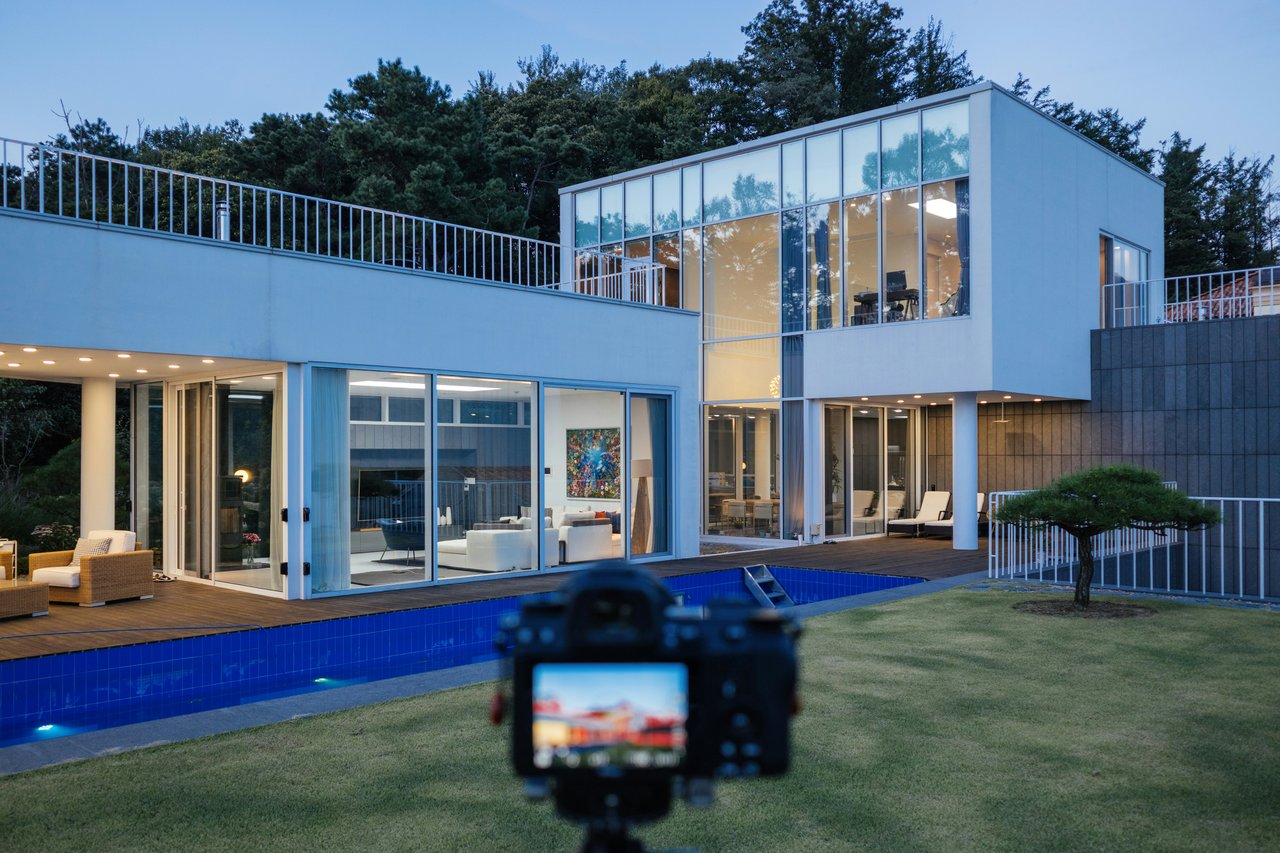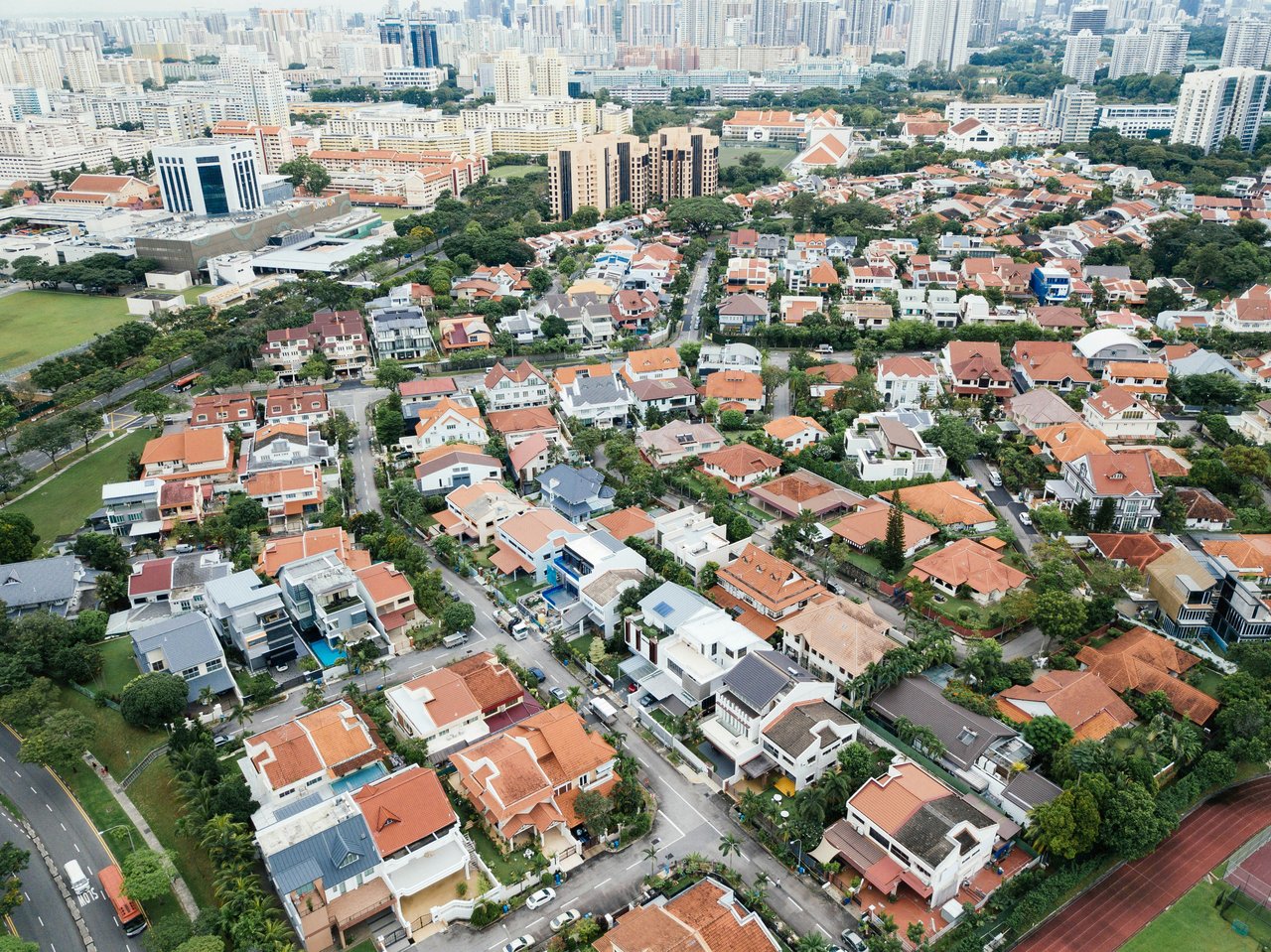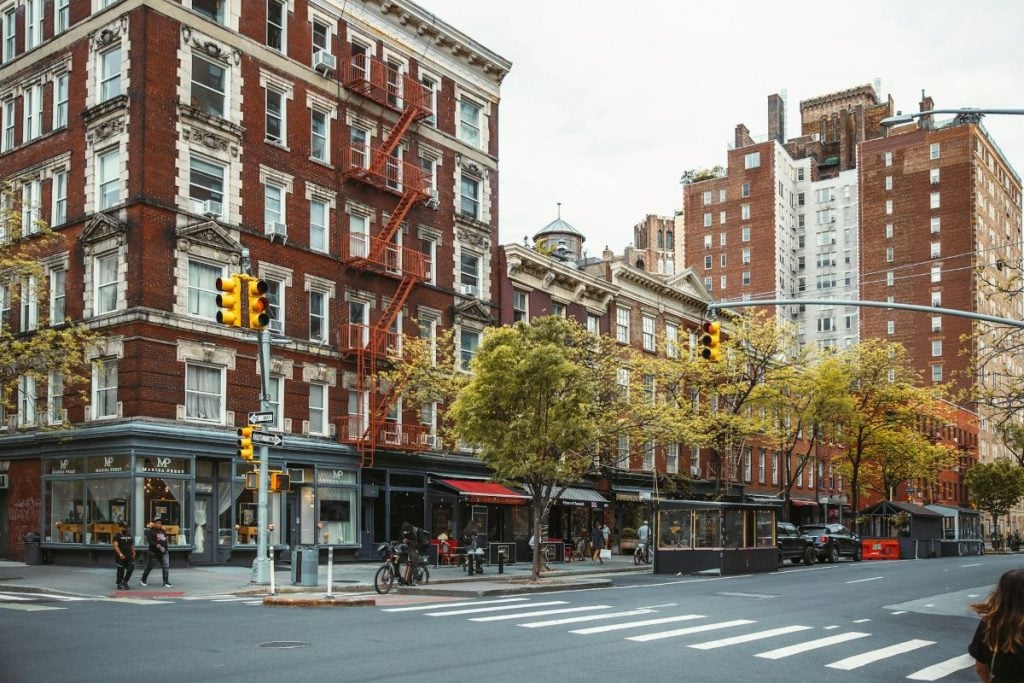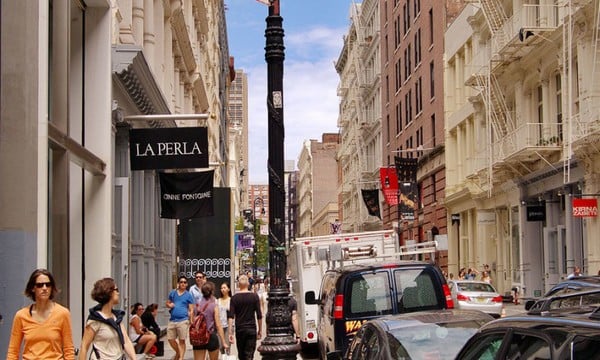After a nearly three-year pause due to global uncertainty, we are witnessing the reawakening of international interest in New York City real estate. While domestic buyers kept the Manhattan market afloat during 2021 and 2022, the absence of foreign capital created a notable void, especially in luxury new developments and iconic high-rises. That is beginning to change.
International buyers are returning to the city with new motivations and a sharpened sense of purpose. They are looking not only for trophy properties but for value, security, and long-term potential in a global city that remains unmatched in its appeal. Two neighborhoods, in particular, are capturing their attention: Midtown and the Financial District (FiDi).
As someone who lived in SoHo for over a decade and now works with a range of both domestic and international buyers across Manhattan, I am seeing firsthand how the return of the international buyer is starting to shape the next phase of the market.
This article will walk through the historical backdrop, explore what is driving today’s momentum, and outline how neighborhoods like Midtown and FiDi are uniquely positioned to benefit from this resurgence.
Pre-Pandemic International Buyer Landscape
Before the COVID-19 pandemic, international buyers represented a significant portion of the Manhattan luxury condo market. Wealthy individuals and families from China, Russia, Brazil, Canada, the United Kingdom, and the Middle East routinely purchased high-end units as a way to diversify wealth and establish a global footprint.
These buyers were especially prominent in the $3 million and up segment, often buying units sight unseen or in bulk. Their purchases were frequently tied to broader life plans: sending children to U.S. universities, creating generational assets, or accessing the cultural and business advantages of life in New York City.
Neighborhoods like Midtown, Billionaire’s Row, and FiDi were among the most popular. In these areas, international buyers could find luxury towers with brand recognition, concierge services, and turnkey units that required minimal upkeep. Developers designed and marketed new buildings specifically with these clients in mind, offering multi-lingual sales teams, remote closing capabilities, and even bespoke interior design packages.
At its peak, international demand helped sustain the pipeline of new luxury development and drove per-square-foot pricing to record levels. It also contributed to the unique cultural and economic dynamism of the Manhattan housing landscape.
The Pandemic Effect: A Sudden Disruption
When COVID-19 struck in early 2020, international real estate transactions in New York came to a virtual standstill. Borders closed, embassies suspended services, and visa processing ground to a halt. Overseas investors, already facing uncertainty in their home countries, were suddenly unable to visit properties or complete transactions.
Even as local and domestic buyers returned to the market in 2021, international demand remained frozen. Travel restrictions, fear of urban density, and a backlog of visa applications made it nearly impossible for foreign nationals to participate. For over two years, buildings that once relied heavily on foreign interest saw little engagement.
Simultaneously, many foreign governments introduced capital controls or increased scrutiny on overseas transfers. The U.S. also paused key visa programs like EB-5, which had previously played a central role in linking real estate investment with immigration pathways.
During this time, some buildings particularly those in Midtown and FiDi struggled with unsold sponsor units, especially in the luxury tier. Resale activity slowed, and price reductions became more common. However, developers and market watchers alike knew that the decline in international demand was not permanent. It was simply waiting for the right set of conditions to return.
What’s Driving the Resurgence in 2024?
As we move through 2024, three key forces are aligning to bring international buyers back into the Manhattan market: favorable currency shifts, the reinstatement of the EB-5 investor visa program, and geopolitical volatility abroad. Together, these factors are reshaping global real estate flows, and they are putting New York back at the top of the list.
Currency Exchange Trends Favoring U.S. Dollar Assets
While the U.S. dollar has remained relatively strong, volatility in foreign exchange markets has prompted wealthy investors in emerging markets to protect their purchasing power through dollar-denominated assets.
In countries where inflation is high or political conditions are unstable, real estate in New York offers both a financial safe haven and a stable currency. Buyers from Latin America, South Africa, and Southeast Asia, in particular, are converting soft local currencies into real estate denominated in dollars as a hedge against future devaluation.
In addition, buyers from the United Kingdom and the Eurozone are taking advantage of brief windows of relative strength to act on purchases they have been planning for years. With the euro and pound rebounding intermittently, many buyers see this as the moment to lock in New York real estate before prices and exchange rates move further out of reach.
Some are also borrowing against dollar-denominated assets in their home countries to finance these acquisitions, further reinforcing Manhattan’s appeal as a financially strategic location.
The EB-5 Visa Program Returns to Prominence
The EB-5 Immigrant Investor Program, which allows foreign nationals to obtain a green card by investing in job-creating projects in the United States, has been a significant driver of real estate investment in New York for more than a decade.
After a long pause and legal challenges, the program was reauthorized in 2022 and has since gained renewed momentum. Under the revised rules, foreign investors must commit a minimum of $800,000 into qualifying projects, which often include real estate developments or infrastructure initiatives.
Many developers in Manhattan are once again structuring their projects to qualify for EB-5 investment. Midtown and FiDi, due to their commercial zoning and historical use of EB-5 in financing towers, are logical destinations for this renewed activity.
For buyers, the program provides a way to combine long-term residency planning with wealth preservation. It’s a powerful incentive for high-net-worth individuals from countries with limited U.S. visa access or uncertain futures. In fact, we are seeing a notable uptick in EB-5 inquiries from investors in China, India, Brazil, and Vietnam.
Legal advisors and developers are responding with tailored services, bundling immigration advice with real estate offerings to simplify the process and encourage more investment.
Political and Economic Instability Abroad
In many parts of the world, authoritarian shifts, economic slowdowns, and social unrest are motivating wealthy individuals and families to move money out of their domestic systems and into safer, more transparent markets.
New York stands out as one of the few cities that combines global influence with robust legal protections and property rights. Buyers from countries with limited press freedoms or sudden regulatory changes see New York as a place where they can retain control over their assets and make long-term plans without fear of confiscation or government interference.
In particular, demand is rising from buyers in Russia, Turkey, Lebanon, and parts of Central and South America. These clients are seeking more than just a property; they are seeking insurance against instability.
Why Midtown and FiDi Are Leading the Comeback
Although SoHo, Tribeca, and the West Village remain popular with domestic buyers, the neighborhoods drawing the most significant international interest right now are Midtown and the Financial District. Their inventory, infrastructure, and pricing all align with what foreign investors are looking for in 2024.
Midtown: Towers, Brand Recognition, and Turnkey Convenience
Midtown remains the epicenter of New York’s high-rise living. For international buyers, this area provides immediate familiarity. The skyline is iconic, the towers are world-renowned, and the luxury is both visible and tangible.
Properties along Billionaire’s Row like Central Park Tower, 111 West 57th Street, and One57 are once again fielding inquiries from foreign buyers seeking panoramic views, high-floor privacy, and full-service amenities. Even buildings like 53W53 and The Centrale, which had slower post-pandemic absorption rates, are beginning to see renewed interest.
Midtown’s appeal lies not only in its luxury but also in its accessibility. Many international clients own businesses in New York or visit frequently for professional reasons. Midtown’s hotels, retail districts, and proximity to Central Park create an appealing ecosystem for owners who may only occupy their apartments for part of the year.
Moreover, many buildings in Midtown are investor-friendly, with policies that accommodate foreign ownership, trusts, and LLCs, which are key advantages for buyers navigating complex financial structures.
FiDi: Undervalued Luxury and Strategic Location
The Financial District has undergone one of the most compelling transformations in Manhattan. Once defined by its office towers and 9-to-5 energy, FiDi has evolved into a full-service residential neighborhood. For international buyers seeking value, it presents a unique opportunity.
New developments such as 130 William, 77 Greenwich, and One Wall Street are offering modern design, concierge service, and panoramic views at price points far more competitive than comparable Midtown buildings.
FiDi also provides attractive tax incentives, longer 421-a abatements in some buildings, and larger layouts for the price. Many buyers are discovering that they can acquire more space and better amenities without sacrificing access to the heart of the city.
In addition, the neighborhood’s connectivity via ferry, subway, and road makes it a practical choice for owners who travel frequently or maintain multiple residences.
Developer and Market Response
Real estate developers and brokers are actively responding to the return of the international buyer. From sales strategy to design, the focus is shifting to accommodate overseas demand.
Marketing Strategies Go Global
Buildings are once again investing in multilingual websites, international roadshows, and foreign brokerage partnerships. Developers are translating offering plans, facilitating virtual closings, and hosting webinars in multiple time zones.
Sales teams are being trained to understand the needs of overseas buyers, including issues around currency transfer, tax compliance, and remote document execution. Some buildings are even offering cross-border legal support as part of the purchase process.
Tailored Units and Amenities
Design choices are also evolving. Developers are offering more two- and three-bedroom layouts to attract families, as well as floorplans with dedicated home offices and staff quarters. Amenities are being curated with global residents in mind, such as wellness spas, private lounges, and extended concierge services.
Security and privacy are also priorities, with many buyers requesting keyed elevators, private entrances, and discreet service.
Implications for Local Buyers and Sellers
The return of foreign capital has both positive and competitive implications for domestic players. It will increase liquidity and strengthen pricing in the luxury sector, but it may also lead to less negotiability in certain buildings.
Advice for Sellers
If you are listing a unit in Midtown or FiDi, especially in a full-service or new development building, you may be well-positioned to attract international buyers. Work with a broker who has global marketing reach, and ensure that your property is presented in a way that resonates across cultures.
Advice for Buyers
If you are a local buyer considering Midtown or FiDi, consider acting soon. While international demand has not yet peaked, signs point to increased competition in the coming year. Focus on buildings with strong financials, flexible policies, and sound long-term value. Use this window to secure favorable terms before prices adjust upward.
Conclusion
The return of the international buyer is not just a footnote—it is a turning point. As global capital begins to flow back into Manhattan real estate, neighborhoods like Midtown and FiDi are leading the charge. These areas offer the brand familiarity, investment infrastructure, and legal stability that foreign investors value most.
For sellers, this is an opportunity to engage a larger audience. For domestic buyers, it is a moment to move strategically before international demand fully resets the market.
As someone who has lived in SoHo for over 10 years and now works across Manhattan, I can tell you this much: international interest is back, and it is building fast.




